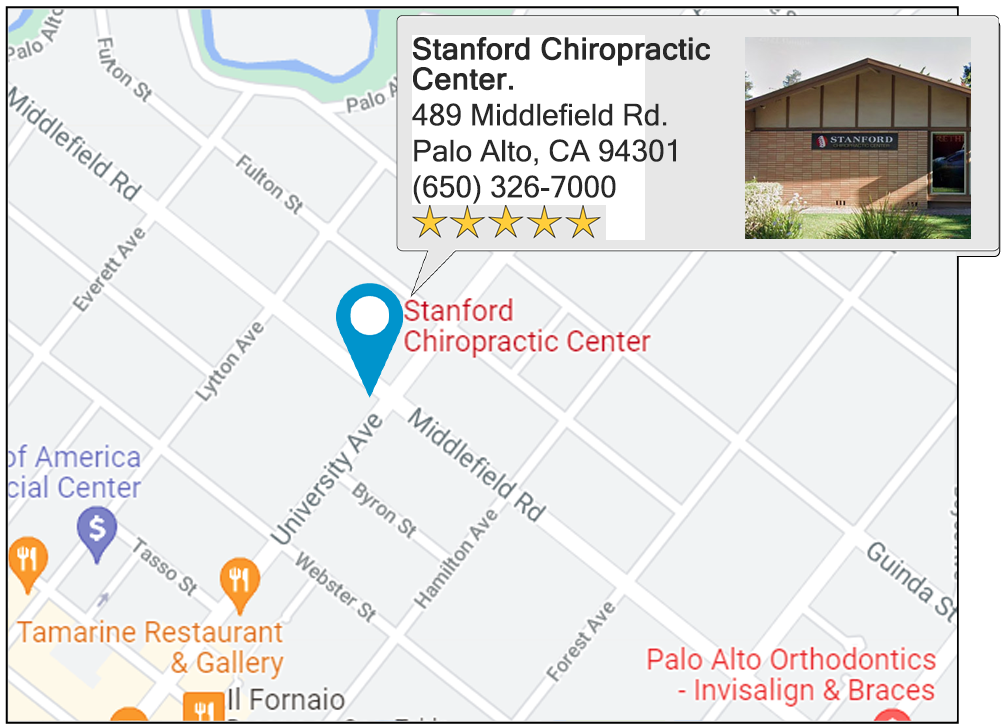Back to School and Back Health For Students and Teachers

For students, their backpack stays with them through the whole school year and aids in their learning. However, they can quickly become overburdened and lead to sore joints and muscles.
Dr. Sosso, a Mayo Clinic Health System family physician suggests these tips:
- Wear both straps. Slinging a backpack over one shoulder causes a person to lean to one side to compensate for the uneven weight, curving the spine. Over time, this can cause lower and upper back pain, strained shoulders and neck, and functional scoliosis (curvature of the spine). Teenage girls are especially susceptible to scoliosis.
- Make sure the backpack is not too heavy. Students should not carry more than 15 percent of their body weight in a backpack. Even when worn properly with both straps, leaning forward to compensate for the extra weight of a full day’s worth of textbooks and a change of clothing for after-school activities, for example, can affect the natural curve in the lower back. Extra weight also may cause a rounding of the shoulders and an increased curve in the upper back. As a result, students may experience back, shoulder and neck pain.
- Pay attention to the type of backpack. Look for backpacks with wide straps. Narrow straps can hinder circulation, causing numbness or tingling in the arms, which, over time, may cause weakness in the hands.
- Look for a backpack with a waist belt. Tightening the belt helps distribute the weight of the backpack more evenly. It’s also wise to consider the weight of the backpack when empty. For example, a canvas backpack will be lighter than leather. For students who often walk to school near traffic, parents may want to find a backpack that has reflective strips that make their child more noticeable to drivers.
For more information, see this valuable article from the National Posture Institute on the proper fitting and posture with backpacks!
 Teachers are incredibly busy people: they stand, stoop, bend, pick up, sit to grade papers for hours, and chase our kids all day. It’s easy to understand why so many teachers experience sore backs.
Teachers are incredibly busy people: they stand, stoop, bend, pick up, sit to grade papers for hours, and chase our kids all day. It’s easy to understand why so many teachers experience sore backs.
Several studies have focused on the physical effects of these demands on teachers with shocking results:
- 41.1% complained of foot, leg, and knee pain (lower limbs)
- 23.7% complained of shoulder, neck, and wrist pain (upper limbs)
- 41.1% complained of back pain
Another study that assessed teachers in Malaysia showed that 62.5% of teachers surveyed complained of low back pain.
What Can Teachers Do To Get Relief?
Chiropractic care has been shown to be a very effective treatment for back pain. Not only will a chiropractor perform a spinal manipulation to bring the spine (and body) into proper alignment, advice may also include exercises, stretching, and ways to improve posture and recommending lifestyle changes. Chiropractic is a whole-body approach to relieve back pain, which can prevent it as well.





